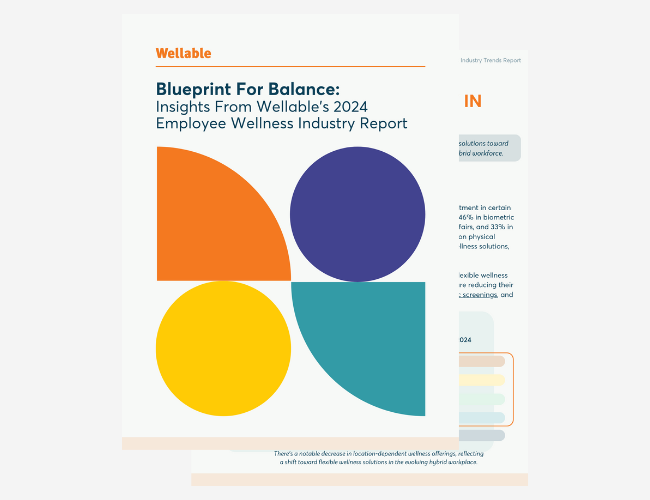One of the many million (billion?) dollar questions in the digital health and employee wellness communities ponders what can lead to long-term engagement and activity increases. As it relates to steps specifically, studies show that adherence to and use of a pedometer or activity tracker will result in increases in step counts; however, with so many individuals throwing their devices in the drawer after limited use, the impact of these technologies is minimal from a practical perspective. To improve adherence and activity levels, device manufacturers and others are creating engagement tools, but a recent study published in Diabetes, Obesity and Metabolism suggests an old fashion prescription from a doctor can do the trick.

According to the research, a physician-delivered step count prescription strategy with an individualized rate of increase can result in an increase in steps per day. Specifically, the researchers found that there was a 20% net increase in steps per day for active versus control participants (1,190 steps).
Participants were provided pedometers to record steps and randomized into a control group and active group. Physicians reviewed patient records over a one-year period and provided a written step count prescription with a goal of a 3,000-step per day increase. Physicians individualized the rate of increase. Participants in the control group were advised to engage in 30 to 60 minutes of physical activity per day. Of the 347 participants, 79% completed the final evaluation.
In addition to a 20% net increase in steps per day, participants with type 2 diabetes in the active group experienced a lowering of hemoglobin A1c as well as a decrease in homeostasis model assessment-insulin resistance (for all patients treated with insulin).
With so many employee wellness programs encouraging annual physicals, wellness coordinators could benefit from creating a way to prescribe steps as part of this process. The study did not determine if the results were driven by the physician doing the prescribing, individualized rate increases, or some other factor. Either way, it warrants some testing by employers and health plans who are in a position to prescribe steps, with or without physician involvement.












